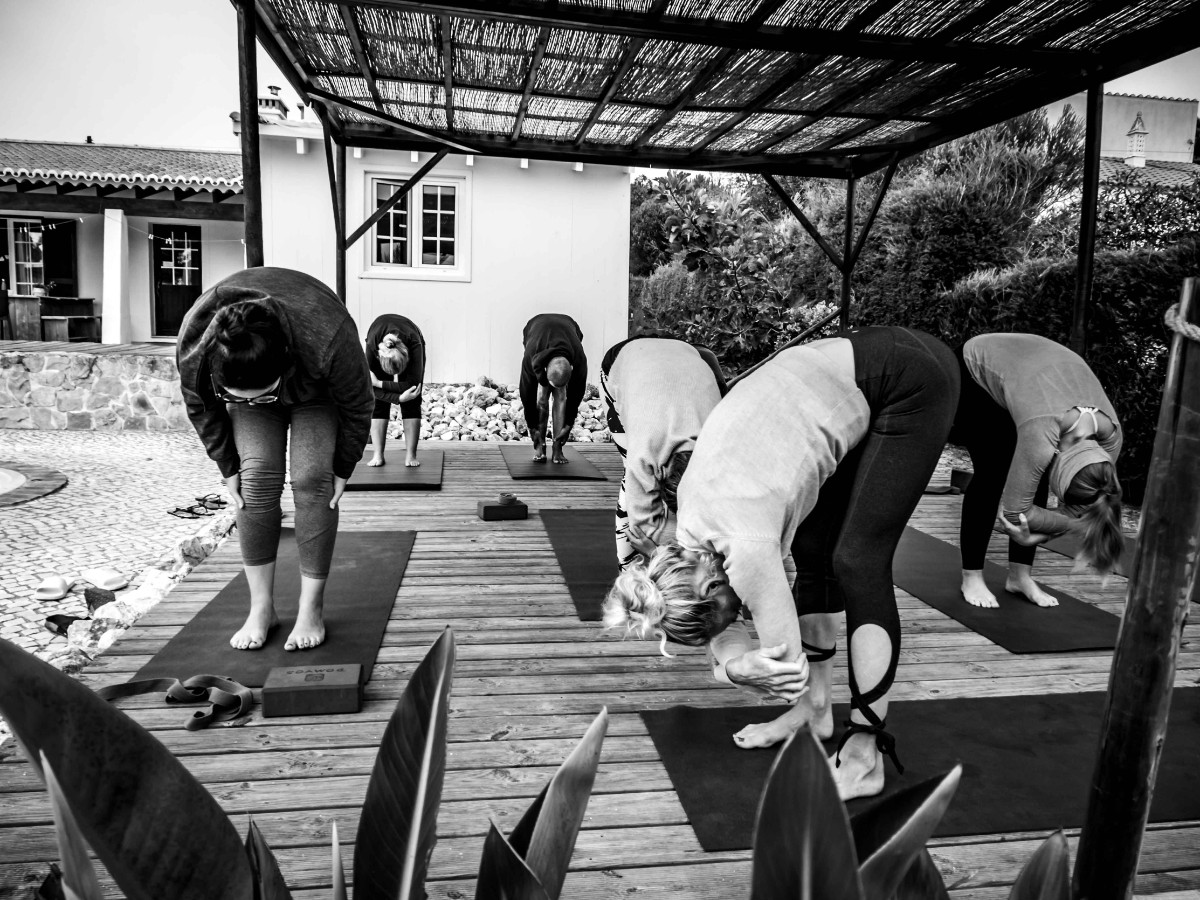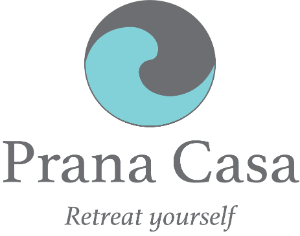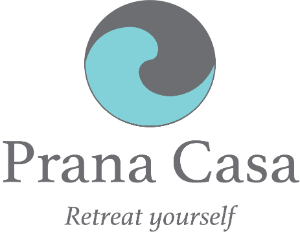Yoga For Back Pain

The most commonly practiced form of yoga is Hatha yoga. A physical form, Hatha yoga incorporates a series of poses called Asanas, while relying on a breathing technique, referred to as Pranayama. By adopting very basic and sometimes very complex body postures and breathing techniques, the goal of yoga is to provide the practitioner a number of physical and mental benefits.
Physical Benefits of Yoga Exercises:
Strengthening from holding yoga positions.
Yoga helps increase strength in very specific muscles and muscle groups. Holding positions in yoga is not intended to be uncomfortable. However, it does require concentration and specific use of muscles throughout the body. Muscle strength improves by remaining in these yoga positions and incorporating various movements.
Many of the postures in yoga gently strengthen the muscles in the back, as well as the abdominal muscles. Back and abdominal muscles are essential components of the muscular network of the spine, helping the body maintain proper upright posture and movement. When these muscles are well conditioned, back pain can be greatly reduced or avoided.
Stretching and relaxation from yoga.
Yoga incorporates stretching and relaxation, which reduces tension in stress-carrying muscles. Yoga requires that the individual hold gentle poses anywhere from 10 to 60 seconds. Within the pose, certain muscles flex, while others stretch, promoting relaxation and flexibility in muscles and joints. For people with lower back pain, stretching is very important. For example, stretching the hamstring muscles (in the back of the thigh) helps expand the motion in the pelvis, decreasing stress across the lower back. In addition, stretching with yoga increases blood flow, allowing nutrients to flow in, toxins to flow out, and overall nourishment of the muscles and soft tissues in the lower back.
Breathing is considered very important during the yoga poses. While holding a position, the tendency is to hold the breath as well. Instead, the intention is to have a deep, free, and rhythmic breath through the nose on both the inhale and the exhale. The quality of the breath in many ways determines the quality of the yoga practice. This will emphasize a relaxed body and encourage strong circulation.
Posture, balance, and body alignment through yoga.
The yoga poses are meant to train the body to be healthy and supple. Consistent practice and application will result in improved posture, and an increased sense of balance, with head, shoulders and pelvis in proper alignment. Additionally, unlike many other forms of exercise, yoga helps stretch and strengthens both sides of the body equally.
Proper body alignment and good posture, which helps maintain the natural curvature of the spine, is an important part of reducing or avoiding lower back pain.
Awareness of the body through yoga increases with practice. In theory, specific positioning and repositioning not only limbers the body but also trains people to understand the limitations of their body. An increased awareness acts as a preventative measure, in that the individual will know what types of motions should and should not be avoided.


Leave a Reply
You must be logged in to post a comment.